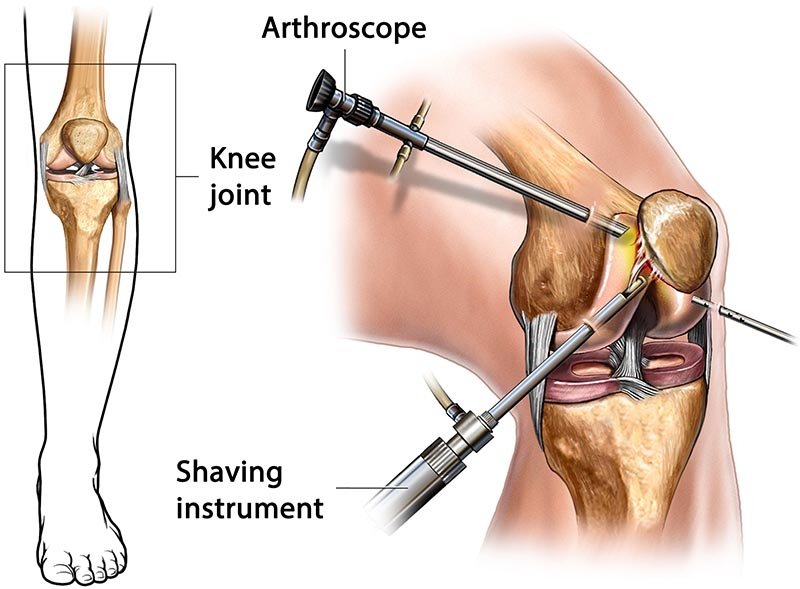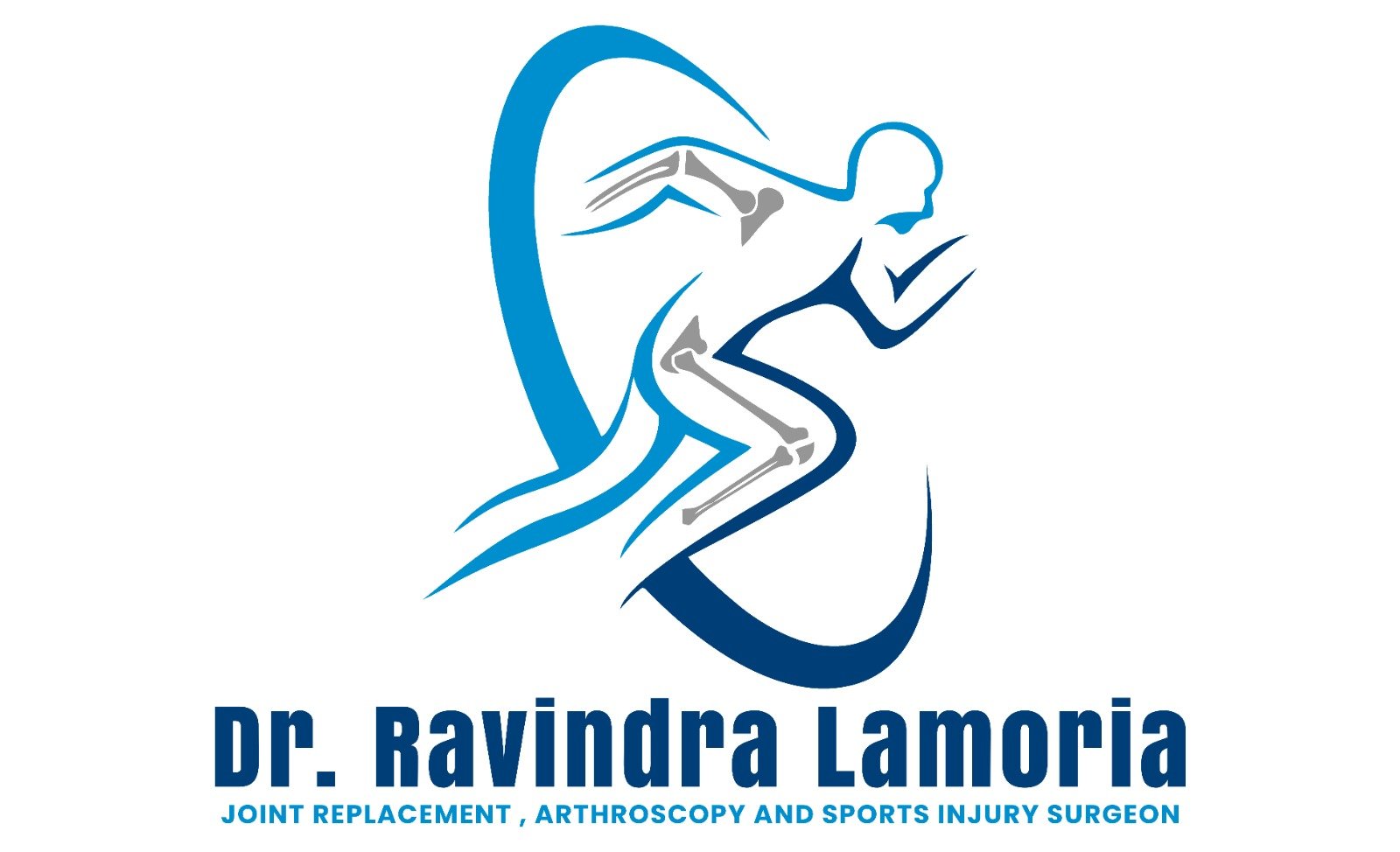Knee Arthroscopy
Surgery
What is Knee Arthroscopy Surgery?
Knee arthroscopy is a minimally invasive surgical procedure used to diagnose and treat problems inside the knee joint. It involves making small incisions through which a tiny camera, called an arthroscope, and specialized surgical instruments are inserted. The camera projects images onto a screen, allowing the surgeon to view the inside of the knee clearly and perform necessary repairs, such as removing damaged cartilage, repairing torn ligaments, or smoothing rough joint surfaces. Because the incisions are small, patients generally experience less pain, faster recovery, and minimal scarring compared to open knee surgery. Knee arthroscopy is commonly used to treat conditions like meniscus tears, ligament injuries, loose bone fragments, and inflamed joint linings.


DR. RAVINDRA LAMORIA
M.S (ORTHO)
Joint Replacement & Arthroscopy Surgeon
Knee arthroscopy is a minimally invasive surgical procedure used to diagnose and treat various problems inside the knee joint. It’s performed using a small camera called an arthroscope, which allows the surgeon to view the inside of the joint on a monitor.
Here’s a detailed overview:
Purpose:
Knee arthroscopy is used to diagnose and treat problems such as meniscus tears, ligament injuries (like ACL tears), loose bone or cartilage fragments, inflamed synovial tissue, misaligned kneecaps, and early arthritis damage.
Procedure:
Preparation: The patient is given either regional (spinal or epidural) or general anesthesia.
Incisions: The surgeon makes 2–3 very small incisions (portals) around the knee.
Arthroscope Insertion: A pencil-sized arthroscope with a camera and light is inserted into one of the incisions. Sterile fluid is pumped into the knee to expand the joint, improving visibility.
Inspection & Repair: The surgeon inspects all structures inside the knee—cartilage, ligaments, menisci, and joint lining. Miniature surgical instruments are inserted through the other incisions to repair or remove damaged tissue.
Closure: After the procedure, the instruments are removed, the knee is drained of fluid, and the incisions are closed with sutures or sterile strips.
Advantages:
Small incisions, less pain, faster recovery
Lower risk of infection compared to open surgery
Usually performed as an outpatient procedure
Recovery:
Most patients can walk with crutches within a day or two.
Physical therapy is often recommended to regain strength and mobility.
Return to light activities: 1–2 weeks; sports or heavy activity: 4–6 weeks (varies with complexity).
Risks & Complications:
Though rare, complications include infection, bleeding, blood clots, knee stiffness, or nerve damage.
Outcome:
Most patients experience reduced pain, improved mobility, and faster recovery compared to traditional open knee surgery, but the success depends on the underlying knee condition.
